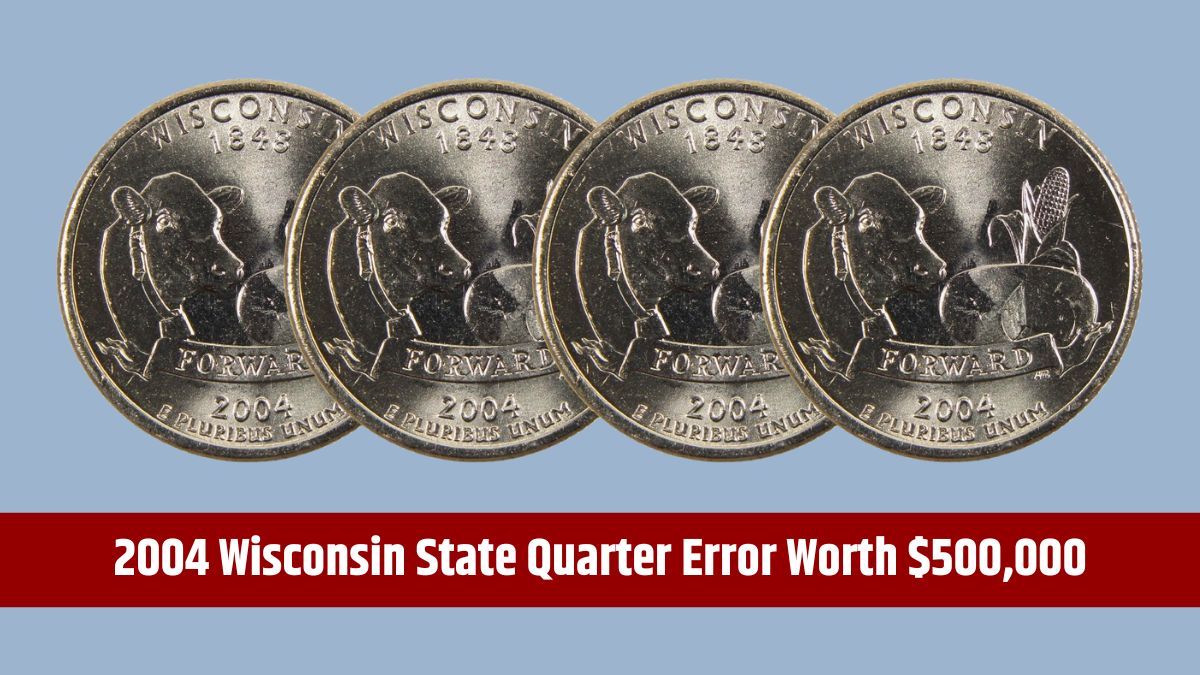Starting January 1, 2025, a groundbreaking change is set to revolutionize healthcare for millions of Medicare beneficiaries: a $2,000 annual cap on out-of-pocket prescription drug costs. This significant development, part of the Inflation Reduction Act signed by President Joe Biden in 2022, is a game-changer for seniors burdened by high medication expenses.
The new cap directly addresses a long-standing issue for Medicare Part D recipients. Previously, there was no annual limit on how much seniors could pay for prescription drugs, leaving many to struggle with soaring costs, especially for life-saving or high-cost medications.
An analysis by AARP predicts that around 3.2 million Medicare beneficiaries will benefit in the first year alone, with substantial financial relief for those managing multiple prescriptions or costly treatments.
Table of Contents
Impact
This change means Medicare Part D enrollees will no longer face unmanageable prescription drug bills. For seniors relying on several medications or expensive specialty drugs, the financial relief cannot be overstated.
Moreover, the removal of the infamous “donut hole” coverage gap further simplifies Medicare costs. Previously, beneficiaries faced higher out-of-pocket payments after reaching $5,030 in drug expenses until catastrophic coverage kicked in at $8,000. With the cap, this convoluted system is finally eliminated, offering clarity and predictability.
Coverage
The $2,000 limit covers all Medicare Part D plans, including those under Medicare Advantage. It encompasses deductibles, copayments, and coinsurance for medications listed in a plan’s formulary—the official list of covered drugs.
However, it’s crucial to note what’s not included. Medications outside the formulary or those covered under Medicare Part B—such as injections administered in a doctor’s office—are excluded.
Practical Steps for Beneficiaries
Seniors can maximize their benefits by taking proactive steps:
- Understand the Formulary: Always carry a copy of your plan’s Part D formulary to medical appointments to ensure prescribed medications are covered.
- Request Alternatives: If a medication isn’t listed, discuss alternatives with your doctor or apply for a drug exception for medically necessary treatments.
- Monitor Costs: Keep track of out-of-pocket spending to ensure you benefit fully from the $2,000 cap.
Financial and Emotional Relief
For seniors, this change isn’t just about saving money—it’s about peace of mind. The fear of unexpected or catastrophic prescription costs has long been a source of anxiety for Medicare recipients. The new cap ensures predictability and reduces the risk of financial strain.
Additionally, the elimination of the donut hole simplifies the system, making it easier for seniors to navigate their healthcare plans without worrying about fluctuating costs.
Millions of Medicare beneficiaries can now approach their healthcare with confidence, knowing that a safety net is in place. With this cap, seniors can focus on their health without the burden of unaffordable medication costs.
FAQs
What is the new Medicare drug cost cap?
The cap limits annual out-of-pocket drug costs to $2,000 for Part D plans.
When does the $2,000 cap take effect?
The new cap starts on January 1, 2025.
Does the cap cover all medications?
No, it only applies to drugs listed in the Part D formulary.
What happened to the donut hole?
The $2,000 cap eliminates the donut hole coverage gap entirely.
How can I check if my drugs are covered?
Review your Part D formulary or consult your doctor for assistance.







